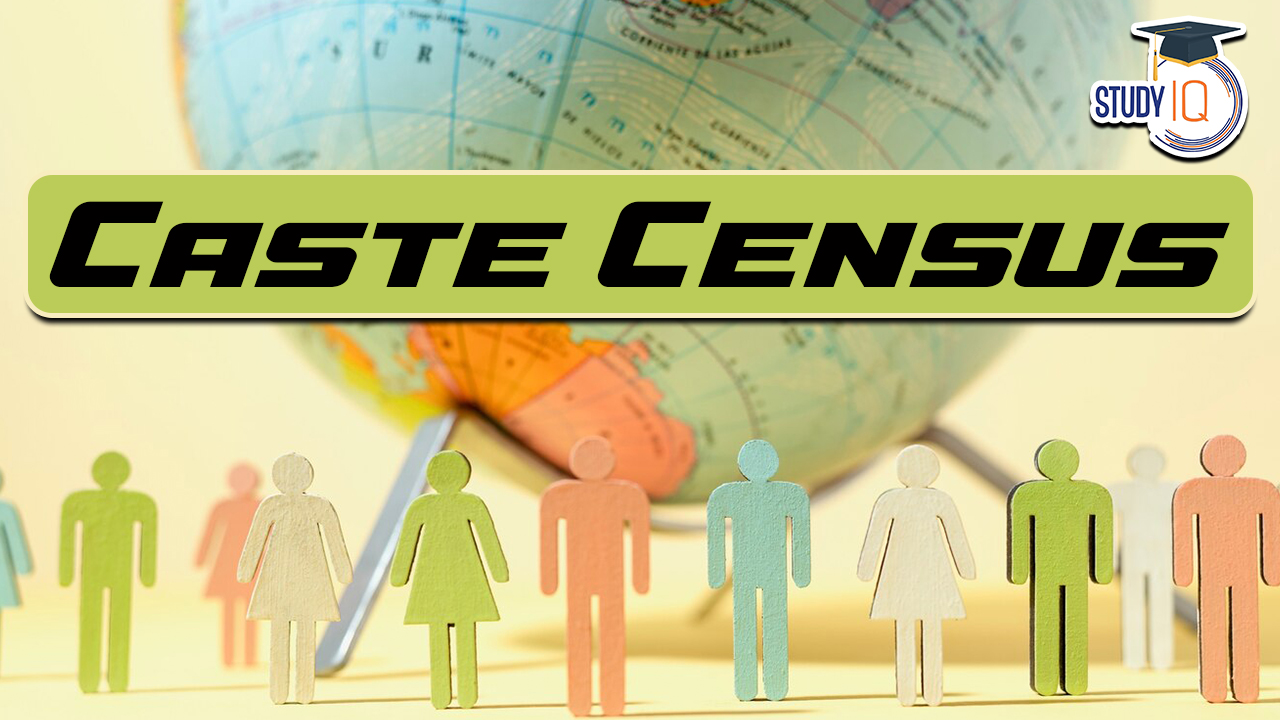
Leveraging India's Caste Census to Strengthen and Fairly Implement the NRC
The Indian government can utilize data from the caste census to enhance the implementation of the National Register of Citizens (NRC) in several impactful ways. First, the census offers detailed demographic insights, helping authorities understand population distributions among various caste groups, which is vital for accurate NRC compilation. Second, caste data sheds light on socio-economic disparities, enabling the formulation of policies that promote social inclusion and prevent marginalized communities from being unfairly targeted. ,Additionally, the census information can guide the design of more equitable affirmative action policies, ensuring historically disadvantaged groups receive appropriate consideration during verification processes. Politically, caste data may influence electoral strategies and party positioning, potentially affecting NRC debates and outreach efforts. Logistically, the caste census provides a framework for streamlining verification procedures, making the process more efficient by linking identities and citizenship status.,Overall, integrating caste census data into NRC planning helps create a fairer, more inclusive process. It supports transparent demographic verification, addresses inequality concerns, and provides logistical clarity—ensuring that the NRC respects India’s diverse social fabric while aiming for accuracy and justice.",
Understanding How Muslims Will Be Represented in the Caste Census: Key Insights

The inclusion of Muslims in the caste census marks a significant step toward comprehensive social recognition in India. Unlike the common perception that caste is limited to Hindus, many Muslim communities have distinct social hierarchies and identities, such as Ashrafs, Ajlafs, and Arzals. Recognizing these groups can enable more targeted policies and affirmative action, addressing their unique socio-economic challenges.,The census aims to identify specific Muslim castes, including groups like Goria, Moria, Deshi, Jolah, and Syed, which have played a vital role in India's social fabric. This effort aligns with historical acknowledgments, notably the Sachar Committee Report of 2006, which underscored caste distinctions within Indian Muslims. Such recognition ensures that policies can be tailored to uplift marginalized Muslim communities and promote social equity.,Furthermore, including Muslim castes has political implications, potentially influencing resource allocation and representation. Political parties may utilize this data to better address community-specific concerns, shaping social and electoral strategies.,In summary, the caste census's inclusion of Muslim communities reflects a move toward nuanced social recognition. It aims to facilitate better policy formulation, support community development, and promote fair representation for diverse Muslim groups across India.
